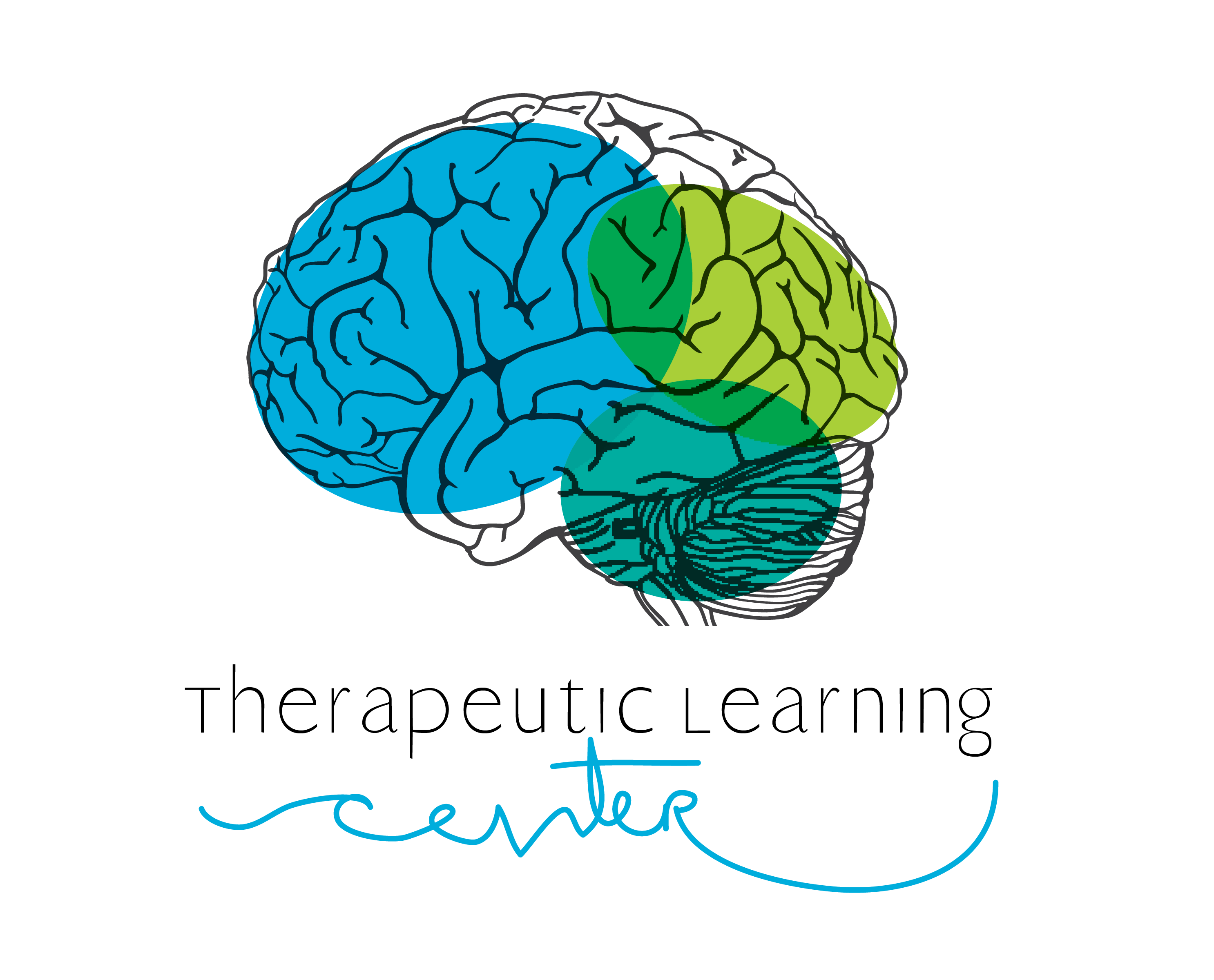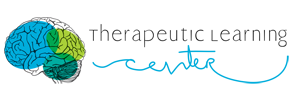Two reports from the Auditory Neuroscience Laboratory, Northwestern University show that Bluetooth-style listening devices in the classroom can treat dyslexia. Sounds suspicious I know, but if nothing else, trust the source enough to read on and you’ll be suitably impressed and hopefully inspired. Their research also uncovers a biological explanation which could lead to earlierRead more



